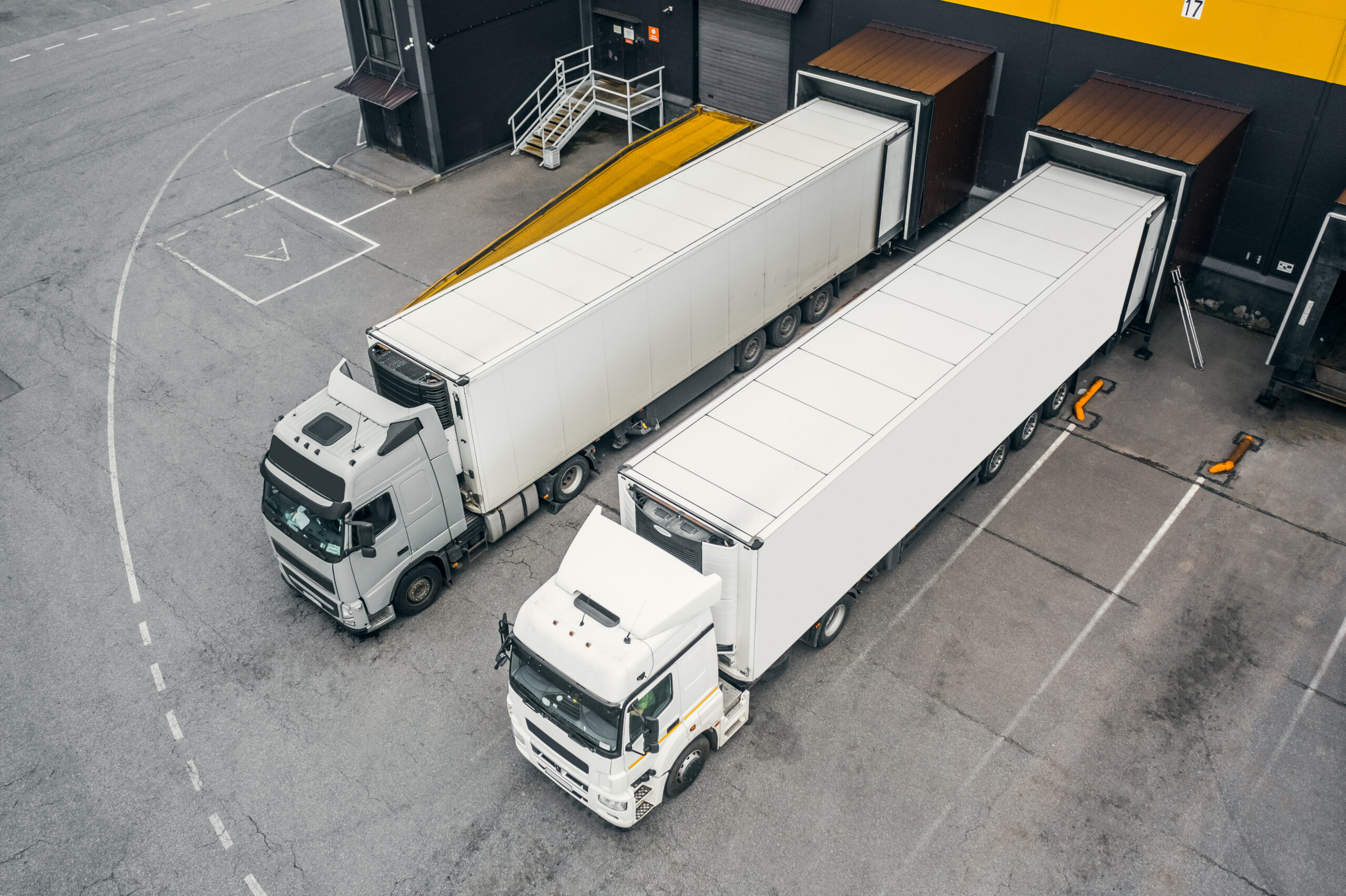
In today’s fast-paced world, businesses need to be agile in order to meet customer demands quickly and cost-effectively. Supply chain management requires detailed planning and analysis of multiple variables.
Do you currently ship your products by a truckload or less than truckload? Are you confident that you’re making the best choice for your business? There are many factors that go into choosing a shipping method – from cost savings to time efficiency to weight capacity – so read on for a comprehensive guide on choosing the right option for your business’s needs.
What is Full Truckload Shipping?

Full Truckload shipping is a shipping method in which a truck is completely filled with goods. This is a cost-effective option for shippers who have a high volume of goods or are shipping high-value commodities.
With Full Truckload shipping, you can schedule pickup times that are most convenient for your business. You can choose your pickup times and locations, and your shipments will arrive at their destinations at the same time. When scheduling pickup times, Full Truckload shipping is often the fastest option available.
Many businesses that use Full Truckload shipping are large manufacturers or retailers that produce or sell large quantities of goods. Full Truckload shipping is often used to transport goods that can’t be broken down into smaller shipments or pallets. These are bulk or break-bulk goods that are transported on open-top trucks.
FTL shipments are also used when you don’t want to wait for smaller shipments to fill up all the available space on a truck, or when you don’t want your products to be delivered on more than one truck.
What is Less Than Truckload Shipping?
Less Than Truckload shipping, also known as less than container load (LCL) shipping, is the opposite of Full Truckload shipping in terms of the quantity of goods. Instead of filling one truck with many shipments of goods, an entire truck is filled with a single shipment from one shipper.
With LTL shipping, your goods will be shipped on numerous trucks as part of a single shipment. Since you share space with other shippers’ goods, LTL is often the least expensive shipping method. If you’re shipping high-volume products, opting for LTL shipping can save you money by lowering the cost of transport.
LTL shipments are typically less flexible than FTL shipments, often requiring specific pickup and delivery times. Shippers can also opt to ship partially loaded trucks. This option is especially beneficial for products that are time sensitive and need to be delivered quickly. In this case, a shipper will fill one truck with several shipments, each of which is scheduled to arrive at a different destination at the same time.
Important Factors to Consider when Choosing between FTL and LTL Shipment

Volume of goods: Volume of goods is an important factor when choosing between Full Truckload and Less Than Truckload shipping. If you’re a manufacturer or retailer with a high volume of goods, opting for Full Truckload shipping may be the best option for you. If you’re shipping a smaller volume of goods, Less Than Truckload shipping may be a more cost-effective option for your business.
Whether or not you want your goods to be consolidated with other shippers’ goods: If your goods need to be moved quickly, and you’re not in a rush for them to be delivered on the same day, opting for partial truckloads is a great way to save money on LTL shipments. If your goods need to be delivered on the same day, Full Truckload shipping is likely the best option for your business.
The weight of your goods: The number of pallets and the weight of your goods are two key variables to consider when choosing between Full Truckload and Less Than Truckload shipping. If your goods are heavier, Full Truckload shipping is a better option because it’s more cost-effective to move heavier freight than lighter freight.
The value of your goods: The value of your goods is another important factor to consider when choosing between Full Truckload and Less Than Truckload shipping. For high-value commodities, Full Truckload shipping is often the best option.
Which Is Right for You?
Full Truckload shipping is a great option for shippers who have a high volume of goods or are shipping high-value commodities. But if your goods need to be delivered on the same day, consider opting for Less Than Truckload shipping.
Keep in mind that if you opt for LTL shipping, your goods will be delivered on different days. Additionally, if your goods are heavy, Full Truckload shipping is a better option because it’s more cost-effective to move heavier freight than lighter freight. No matter which option you choose, make sure to consider all the variables to ensure that you are making the best choice for your business.
Rolls Right provides both Full Truckload and Less Than Truckload shipping, in addition to a variety of other safe and secure logistic solutions. Contact us for the most suitable options for your business’s needs.
REQUEST A QUOTE
We got you the extra mile to deliver your goods safely to its destination. Get in touch with us today.



